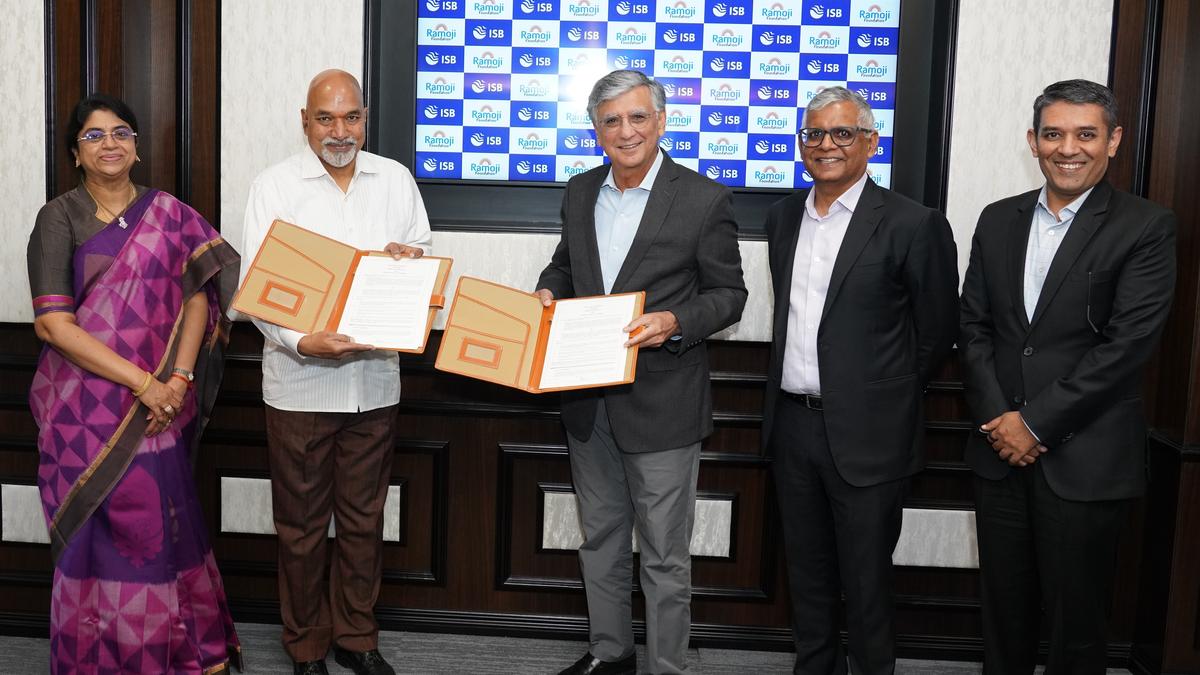Archeology and solid scholarship show that India lay at the heart of ancient world, argued historian William Dalrymple, underscoring that the myth of the Silk road has made India seem more peripheral than it actually was.
“This map which people continue to reproduce in book after book of what is said to be the silk road. We are told that the principal trade east-west in ancient times was this single line which ran from the Mediterranean to the South China sea. Even its modern edition called the maritime silk road which runs down from Guangzhou through the Malacca Strait bypasses India. The line just dots around the peninsula,” said the historian speaking at NDTV World Summit on Monday.
“It is the contention in the book that I have just written – The Golden Road – that this is an entirely false premise. Memorised from this map and rooted takes. Compare it with the actual shape of roman trade with India which is revealed by new map put out by Oxford University this year,” said Mr Dalrymple.
He detailed India’s waxing soft power influence on the culture, education, religion and civilisations of the rest of the world from 250 BC-1200 AD.
“This is not about the Indian century, it’s about the Indian millennium stretching from around 250 BC TO 1200 AD when India was the centre of the world,” he said speaking at the Summit whose theme was ‘The India Century’.
“Look at this extraordinary image that just turned up in an archeological excavation in Egypt. You can see very clearly it is the Buddha’s head. What’s surprising is the marble is carved from in what is now Turkey. It was found in a temple on the shore of Red sea. It seems extraordinary that a Buddha would turn up in Egypt but it should not be so when you consider that just as Buddha’s head is found in Egypt, 6,000 miles to the west of India so Angkor Wat to 5,000 miles to the east of India is entirely an Indian planned project. In the galleries of Angkor Wat, you see the battle of Kurukshetra, the battle of Lanka, images of Krishna and his gopis inspired by stories first told in the area here around Delhi. Why is this not better known. Why is it a surprise that India dominated Asia for as much as a 1,000 years,” asked the historian.
Answering his own question, the historian said the blame lay partly in colonialism.
“Partly, the story is clearly about colonialism about the way that Macaulay and others like him said that a single shelf of good English books is worth entire native literature of India and Arabia,” he said.
The historian pointed out Rome and India were the main trading partners of each other in ancient India and not China. He added that romans knew every coast on the west coast of India and couldn’t get enough of Indian products, underlining the importance of the country.
“Here is a map of Roman coin hordes discovered by archeologists. None are found east of the Pamirs of the Oxus. Not a single Roman coin horde has ever been found in China. But there is a notable concentration of roman gold all around the coasts of India. India is dotted with Roman coin hordes. India and Rome were the principal trading partner of each other in the early millennia BC,” he said.
Very Indian looking deities and apsaras seen floating over the Buddhist temples of China tell the story of Indian art having more and more influence, said the historian.
“Indian ideas were soon being transmitted through Afghanistan, through Bamiyan to China, where by 2nd and 3rd century we find the Budhha taking on the physiognomy of China. Originally Buddhism is just the religion brought by traders into China, but by the 5th and 6th century we find Gupta sculptures being copied by Chinese all over Ghangzuo and beginning to head eastwards into the heartlands of China,” said the historian.
The historian described Nalanda University as the Oxbridge of ancient India which attracted students from all over, including Korea and Japan.
“Nalanda – the oxbridge, the Ivy League, the NASA of ancient Asia – was visited not just by monks from China but monks from Nepal, Korea and Japan. Its library had science, mathematics, astronomy, everything was gathered in this extraordinary space. Look at the plan of different monasteries and university buildings in Nalanda, it is the same as we find in Oxbridge,” he said.
Sanskrit emerged as the language of diplomacy and culture, spanning from Kandahar to Bali, he said, adding that the Palava script formed the base for various Southeast Asian scripts such as Khmer and Thai.











